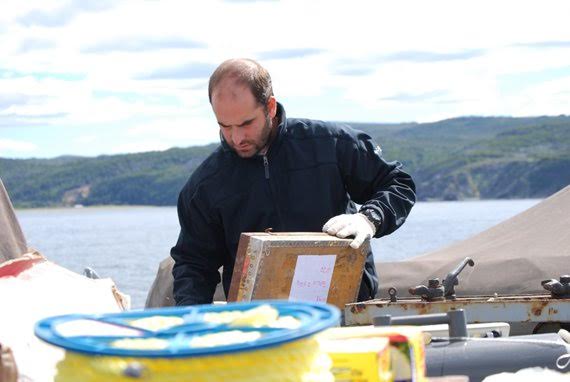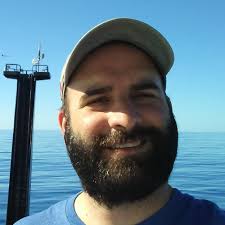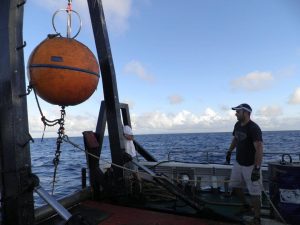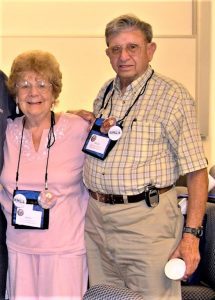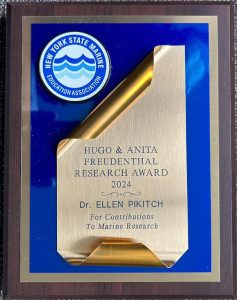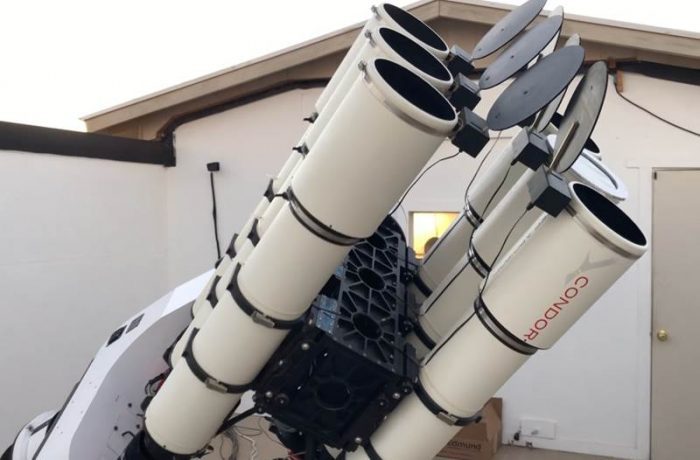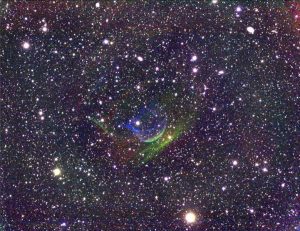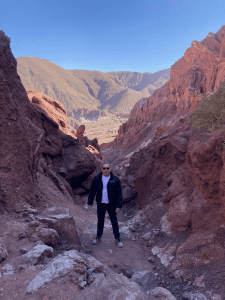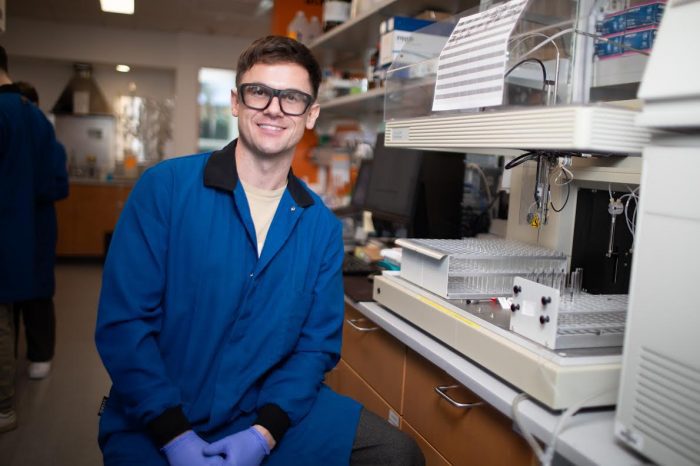By Daniel Dunaief
The dinosaur family tree has few members in Zimbabwe, as only four fossils have been found in the region.
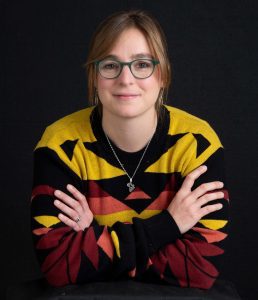
Recently, researchers from several universities, including Kimberley “Kimi” Chapelle, Assistant Professor in the Department of Anatomical Sciences in the Renaissance School of Medicine at Stony Brook University, described a new species of dinosaur from a 210 million year-old fossilized hind leg in the journal Acta Palaeontologica Polonica.
Reconstructing the entire dinosaur from the bones they discovered in Lake Kariba, the scientists, led by Paul Barrett from the Natural History Museum of London, estimated that this plant-eating sauropodomorph weighed about 850 pounds and was among the larger dinosaurs in the late Triassic period.
The first new dinosaur species described in the Mid-Zambezi Basin of Northern Zimbabwe in more than 50 years, the sauropodomorph survived a mass extinction event that wiped out about 76 percent of all terrestrial and marine creatures. The sauropodomoprh group includes animals like the enormous Brontosaurus, which came later in the evolution of the lineage. Chapelle was on the field expedition in 2017 when Barrett noticed the fossil sticking out of the ground.
The discovery was “extremely exciting, as there was a high chance it was going to be something new,” said Chapelle. “It was well-preserved in articulation and we knew the bones came from the same individual.” She participated in the lengthy process that involved excavating the rare find, creating a reconstruction, isolating the bones to look at the structure, describing the fossil and comparing it to other, closely-related dinosaurs to determine where it sits on the family tree.
The researchers named this species Musankwa sanyatiensis, using the name of the houseboat Musankwa on which they lived and worked as they searched for fossils during the dry seasons around the man-made Lake Kariba.
“Musankwa is cool because it’s one of only a handful of dinosaurs from Zimbabwe, a country with amazing fossil resources that have yet to be fully discovered,” explained Jonah Choiniere, a Professor in the Evolutionary Studies Institute at the University of Witwatersrand in Johannesburg South Africa, who served as Chapelle’s PhD advisor. “Because we don’t have any specimens of Musankwa in similar-age rocks in South Africa, it tells us that during the Triassic period there might have been slightly different species groups of dinosaurs in the two countries.”
The Earth looked considerably different when this long-necked dinosaur was searching for its plant meal, as the land masses of the planet were combined in one supercontinent called Pangaea. In that time, Musankwa’s predators likely included meat-eating therapods and crocodile-like reptiles, which are ancestors of modern crocodiles.
Keep your head up
Hunting for fossils in Zimbabwe, which presented an opportunity for this kind of discovery, came with some challenges.

For starters, researchers lived aboard the houseboat Munsankwa, whose name in the Tongan dialect means “boy close to marriage.” Lake Kariba, which was created between 1958 and 1963 and is the largest artificial lake and reservoir by volume, gets “really hot in the summer and all you want to do is swim,” said Chapelle.
That, however, is ill-advised, as modern crocodiles roam the waters of the lake so regularly that people stay far from the shoreline.
To combat the heat, Chapelle drank plenty of water, applied regular sunscreen and wore large hats and long sleeves to keep the strong rays of the sun off her skin. Additionally, the researchers worked between morning and afternoon. The scientific expedition had an armed game ranger with them, to keep scientists safe.
“When you’re looking at fossils, you are always looking at the ground,” Chapelle said. At one point, she looked up and saw a hippo about 50 feet from her. “You have to remember to be aware of your surroundings,” she said.
Field experience
Choiniere, who inspired his former student to consider entering the field when he first arrived at the University of Witwatersrand, saw Chapelle in action when she first did some field work.
Chapelle’s scientific curiosity never faltered, despite some significant field misadventures that included staying in a rotten old farmhouse without plumbing, sleeping in tents in the freezing cold in the backyard of a rural pub, hiking through brambles over the side of a mountain, and touring around Germany eating nothing but stewed cabbage and pork in brown sauce, and staying three to a hostel room to save money.
“In [Chapelle’s] case, there was never any doubt — she loved the field from day one and has never looked back,” Choiniere explained.
Choiniere believes Chapelle has a “unique skillset among paleontologists,” as her talents include math, observations of shape and structure, histology, three-dimensional data processing and field work. Beyond her diverse skills, Choiniere appreciated Chapelle’s time management skills and her pleasant demeanor, which enabled her to greet him with a smile even when he delivered his part later than she anticipated.
A promising LI start
Chapelle, who started working at Stony Brook at the end of January, is enjoying a return to New York. A native of Johannesburg, South Africa, she had done a postdoctoral fellowship at the American Museum of Natural History in 2021.
A current resident of Rocky Point, Chapelle lives close to the beach. She and her husband Dominic Stratford, an Adjunct Professor at Stony Brook and Archaeologist and Associate Professor at the University of the Witwatersrand in Johannesburg, brought their Australian Shepherd named Shango with them.
A runner who recently completed the Shelter Island 10K and who loves taking pictures, Chapelle, who is the daughter of a doctor, originally thought she’d want to become a veterinarian. When she took a course in her third year of college with Choiniere, she was hooked by the link between evolution and anatomy.
As for the recent paper, Chapelle is pleased that people can read about this newly discovered dinosaur.
“This is years and years of work that gets put into this,” she said. “It also gives us a push to keep finding new things and publishing.”


